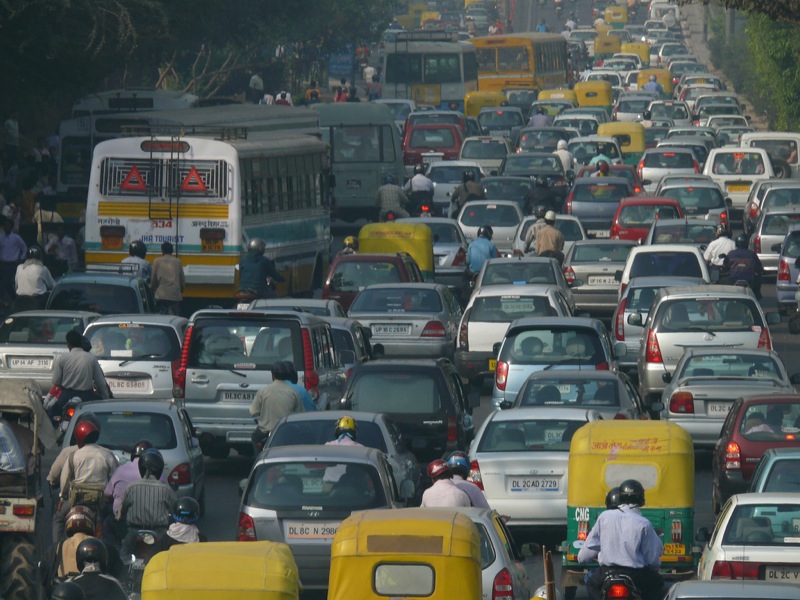Surprise directions from car's GPS voice: 'Take the train'


Maybe you've even joked about it: Traffic is so bad in the morning that when you turn on your car's GPS the robotic voice should just say, "forget about it - stay at home."
To former Ford global vice president Richard Parry-Jones, there's a lot of potential in the jest.
Like many transportation pundits, Parry-Jones believes that the key to relieving congestion and its attendant energy consumption and CO2 emissions is to build connected transportation information systems. Some experts say that in built-up places like the UK, where Parry-Jones is based, "intelligent mobility" should take on a greater priority than building new roads and railways.
When people talk about connected mobility, they're generally referring to network-equipped cars that tie into traffic conditions, mapping and other vital information.
But when I spoke with Parry-Jones by phone yesterday, I was struck by an even broader vision of how transportation could benefit from IT, as he imagined innovative uses of GPS - commonly known as "sat nav" (satellite navigation) in Britain.
"At the moment, you put a destination into the car sat nav, and it tells you how to drive from A to B," said Parry-Jones, who is co-chairman of Automotive Council UK, a joint government/industry automotive body.
"I don't see any reason why in the future you couldn't expand that, so you put your sat nav destination in, and it gives you not only driving choices, but also mixed mode transit choices, to optimize your journey for time, or for CO2 emissions, or for cost, or for whatever you choose. There's no reason at all why we can't integrate the transport system into the sat nav information provider rather than just focus it on driving."
Based on real time information, a well integrated set of instructions might advise an Oxford-to-London commuter to drive to Reading and continue on to London by train from there.
"It could also look at the car park (parking lot) in Reading, to make sure there are spaces there," Parry-Jones noted.
Parry-Jones is well positioned to help carry out his many modal transportation vision. Not only does he help run the Automotive Council, but he is also the incoming chairman of Network Rail, the private company that maintains Britain's rail infrastructure. He assumes that role in July.
He is also managing director of RPJ Consulting. Parry-Jones recently spoke as one of several keynoters at the Intelligent Mobility Summit in London.
Photos: Delhi traffic from NOMAD via Wikimedia Commons. Parry-Jones from bizgovuk via Flickr.
More car/train connections on SmartPlanet:
- Save the planet: Drive a car, Part 2
- Forget public transit: In London, an app that rewards you for walking and cycling
- Save the environment: Drive a car
- Nissan, Intel, unlock car doors with smartphones, spy on vandals
- Siemens building car of future. Huh, Siemens?
- How to get a free car, Chapter 2
And some stunning pictures of when cars and trains had a lot less to do with each other, and had nothing to do with the Internet:
This post was originally published on Smartplanet.com